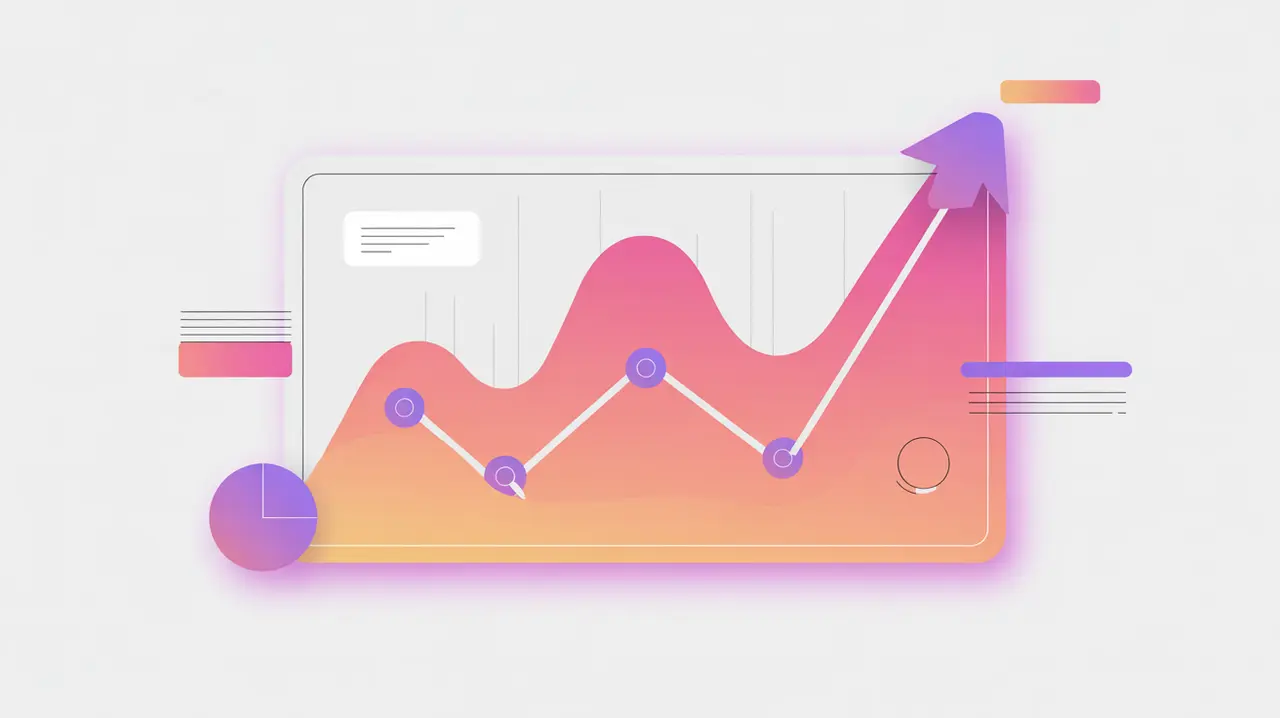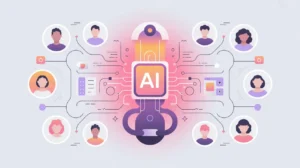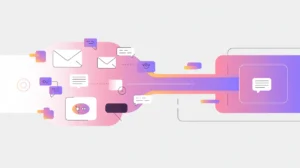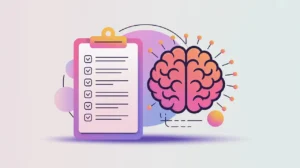Importance of Predictive Analytics for Program Planning
Predictive Analytics for Program Planning applies statistical modeling, machine learning, and historical data analysis to forecast future needs, risks, and outcomes. By identifying likely trends, organizations can design interventions that are proactive rather than reactive. Its importance today lies in enabling data-driven foresight at a time when social challenges are becoming more complex and resources more constrained.
For social innovation and international development, predictive analytics matters because it helps mission-driven organizations anticipate change, allocate resources efficiently, and strengthen resilience. By planning ahead, they can serve communities more effectively and reduce the risks of being caught unprepared.
Definition and Key Features
Predictive analytics uses techniques such as regression models, time-series forecasting, and machine learning algorithms to identify patterns in data. Inputs may include program records, survey data, satellite imagery, financial transactions, or external datasets like weather or demographic projections. Outputs include forecasts, risk scores, and scenario analyses.
It is not the same as descriptive analytics, which explains past events, or diagnostic analytics, which identifies causes. Nor is it equivalent to prescriptive analytics, which recommends specific actions. Predictive analytics focuses specifically on projecting future trends and outcomes.
How this Works in Practice
In practice, predictive models might forecast enrollment in education programs, disease outbreaks in health initiatives, or demand for humanitarian aid. Program planners can use these forecasts to design scalable interventions, adjust budgets, and pre-position resources. AI-enhanced analytics improves accuracy by incorporating large, diverse datasets and adapting to changing conditions.
Challenges include the risk of bias in historical data, overfitting models to past trends, and the danger of overconfidence in predictions. Ethical considerations are also critical, especially when forecasts influence access to limited resources. Transparent communication and human oversight remain essential.
Implications for Social Innovators
Predictive analytics directly supports mission-driven organizations. Health programs can forecast patient volumes or anticipate epidemics. Education initiatives can project dropout risks and design early interventions. Humanitarian agencies can model food insecurity and pre-position supplies before crises escalate. Civil society groups can use predictive tools to anticipate policy shifts or social movements and plan advocacy strategies accordingly.
By equipping organizations with foresight, predictive analytics transforms program planning into a proactive, strategic, and resilient process that better serves communities.







